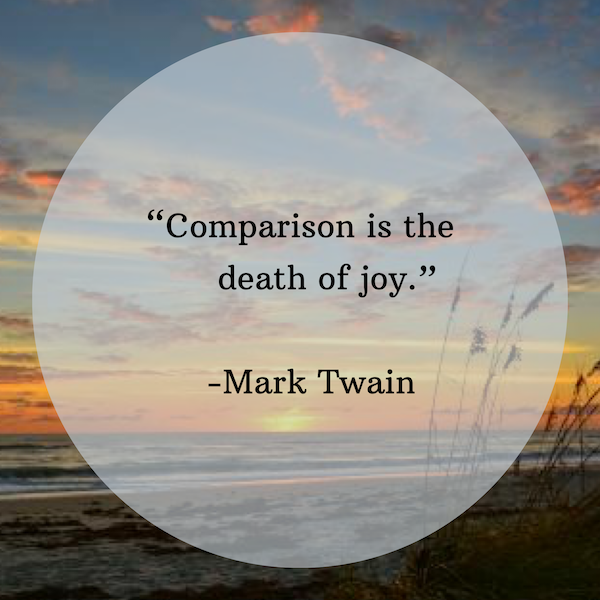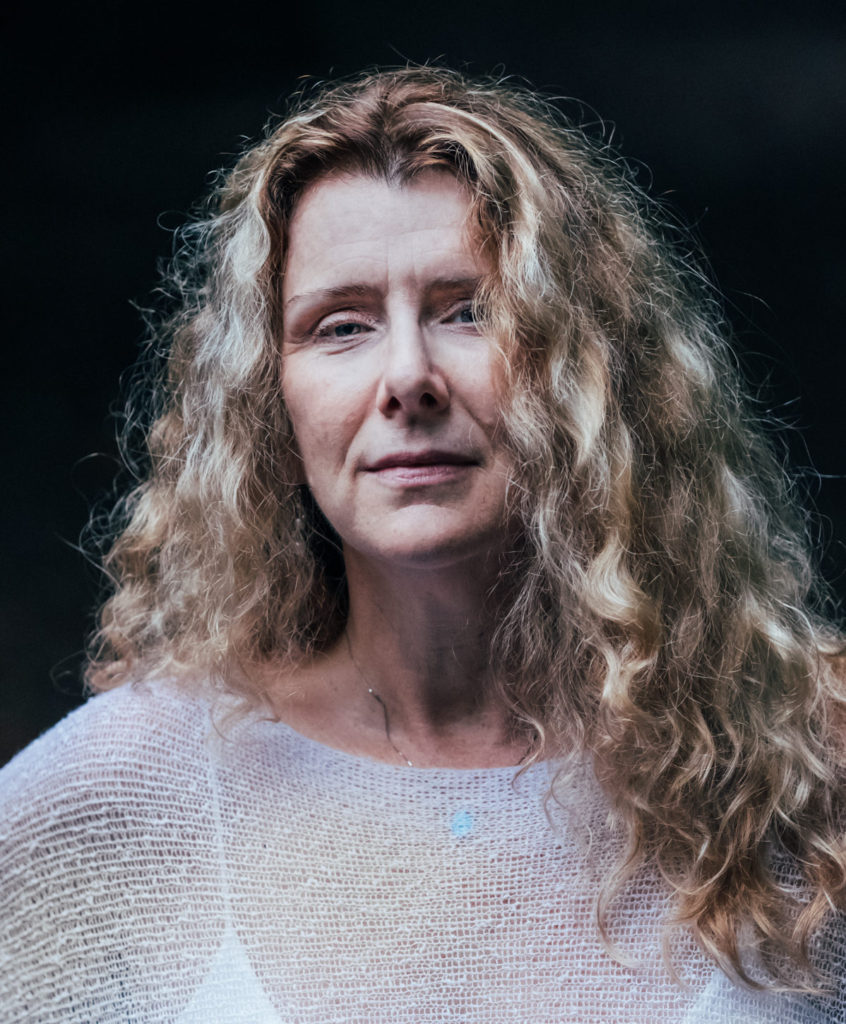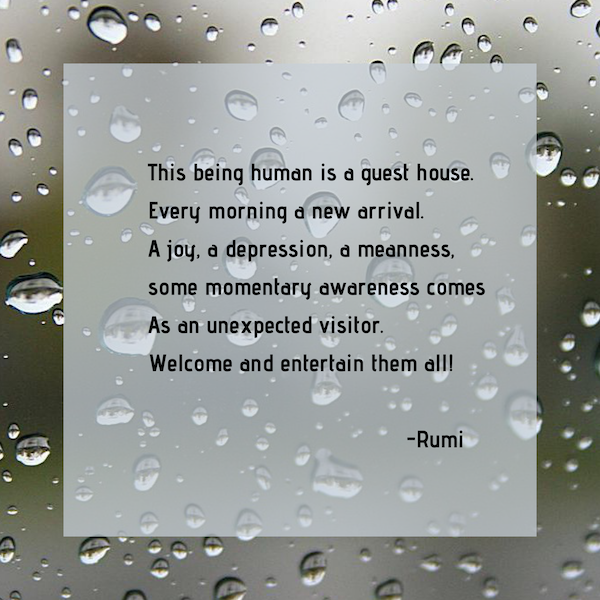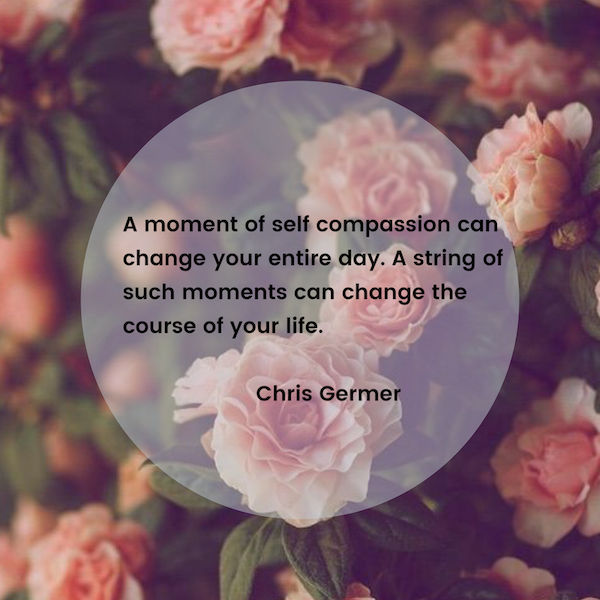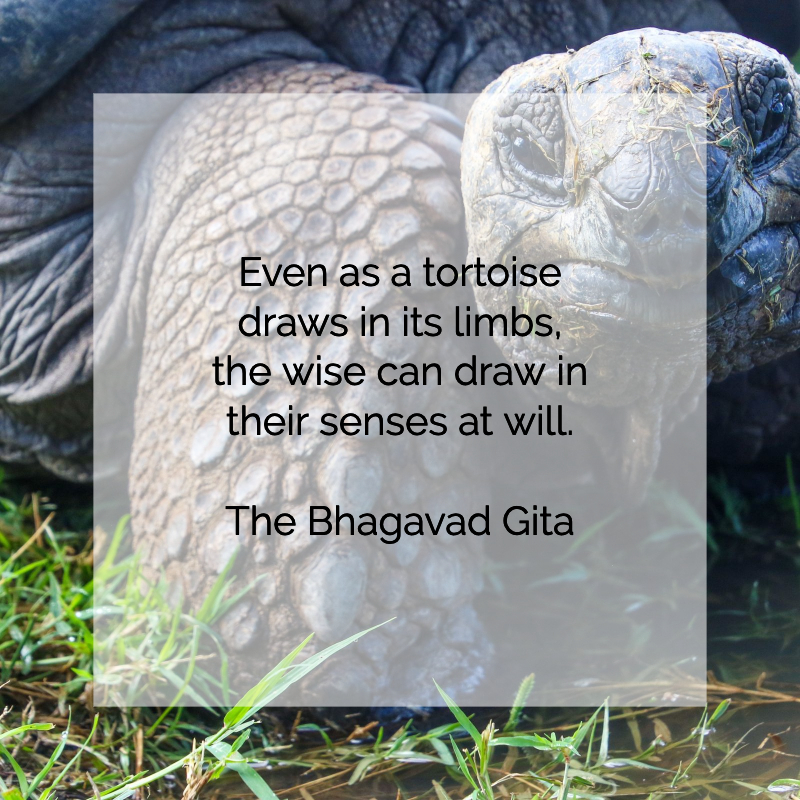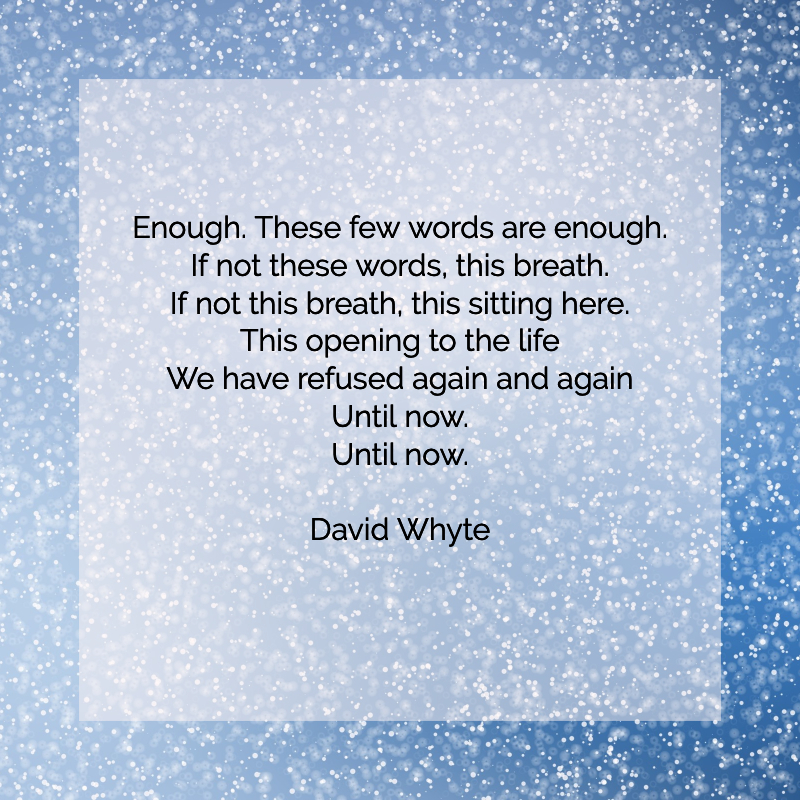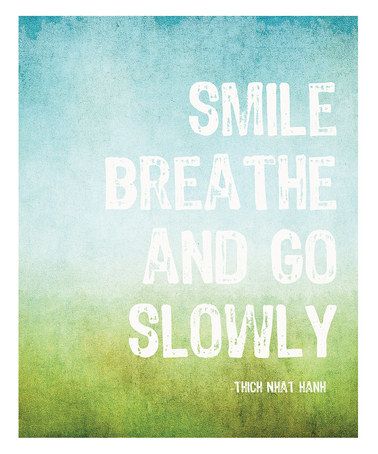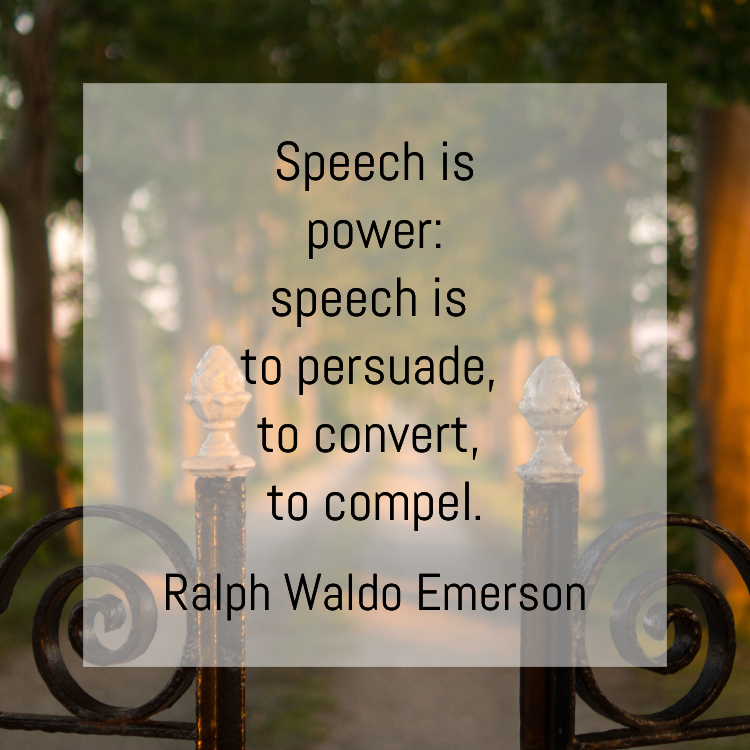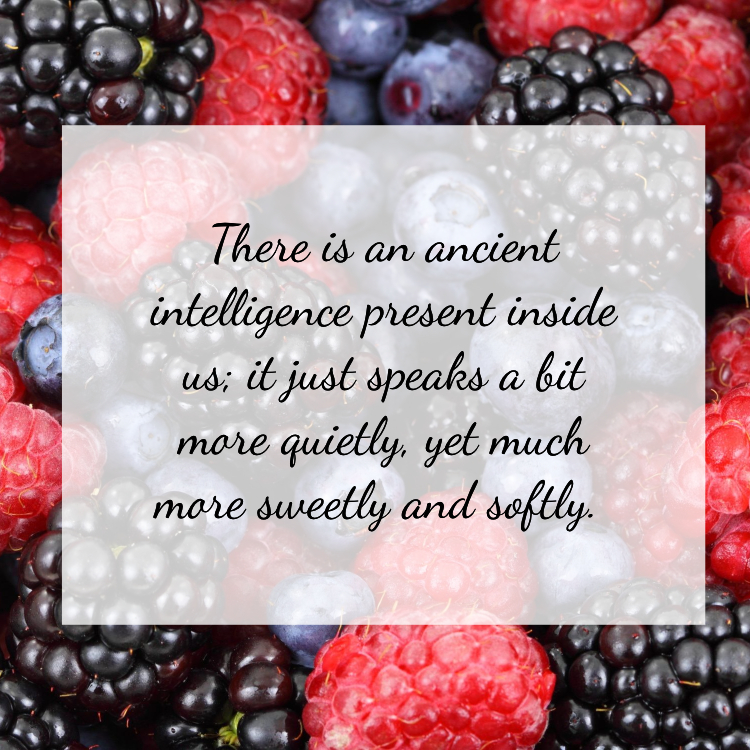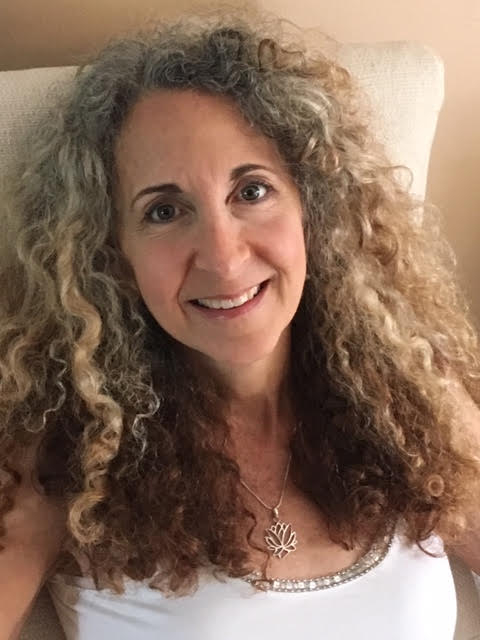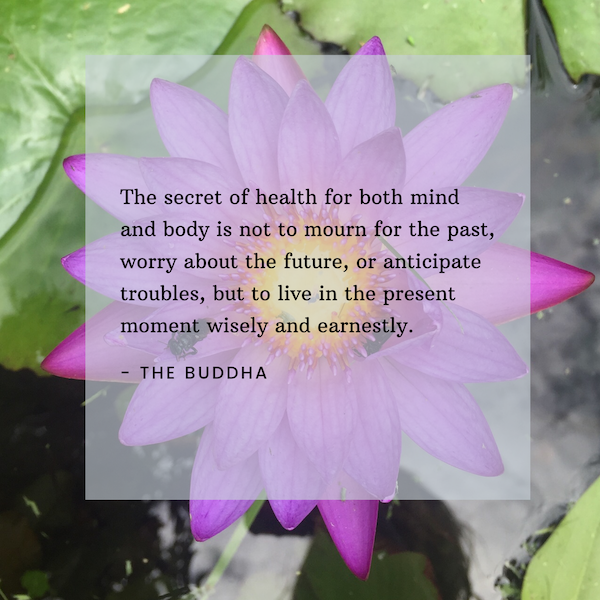
Stilling myself on the cushion gives rise to greater awareness of the physical condition of my body in this moment, from the tightness and tension of my muscles to the state of my breathing. As I settle on the cushion, or some days a chair because I am already aware of the need for greater support, I begin to scan my body to identify the presence of tension and sometimes this simple practice of scanning the body brings an immediate and automatic softening and settling in a more relaxed stance. This was not always automatic, in fact I recall early days of sitting meditation where I had no awareness of my body and all my focus and attention was in the mind.
The practice of mindfulness meditation and training in the foundations of mindfulness through MBSR, taught me the skill of deepening my awareness of the body by examining each part one by one, moment to moment. Through practice and receiving instruction I developed the ability to use attention on the body to change the state of tension, literally the mind can simply invite the body to release tension and soften one little bit at a time. It is here that I discovered the power I have to release stress with my mind. As I continued the self-study of my body, from toes to nose, I discovered the places where I stored years of tension and stress and dug grooves of deeply entrenched postures meant to “hold it together”. Despite the natural tendency for humans to tense in reaction to perceived threat or danger, we are not meant to hold onto this tension for a lifetime and I for one have no intention to hold onto the baggage I accumulated thus far. I have learned to attend to the sensations of breathe with greater ease and by focusing attention on breathing in and breathing out, the thoughts that often generate worry thoughts and strong emotions will fade into the background or quiet and for some time even cease. These practices have taught me a way to peace, even in the midst of a stressful life.
There are other activities where I become acutely aware of the stress held in my body, such as when I go for a massage or when I practice yoga or other forms of movement and self-care. The combination of bringing mindful attention to these activities facilitates an even deeper release, making way for detoxifying stress and reprograming my body’s natural resting state. For example, as I lay on the massage table, Hansa moves her hands to various places of tension and when she discovers the knots of tension and digs in deeper, I take a deep breath and exhale releasing the body’s natural reaction of tightening and tensing to her touching those tenders spots. I remain focused on the places she is massaging and communicate with the muscles inviting them to soften and allow the release. This ability to cocreate greater healing, restoration, and wellness allows me to program into my mind-body connection a way home after getting pulled back into a stress reaction cycle by coming home to my body and slowly unwinding the knots from within.
Using a combination of practices, on and off the cushion, I continue to develop a varied toolbox that allows me to be flexible and listen to the needs of my mind-body each day. Some days I need a more active practice, others a more relaxing one, and then there are some days I need a mix of both activating and relaxing practices to facilitate the balancing of energies and help me return to a center point. The choices are infinite and the wise choice always begins with awareness and attuning to my body.
Start off your day with a checking in ritual to determine the current conditions of the mind and body:
1. Notice the overall quality of energy in the body: restless, agitated, relaxed, depleted.
2. Scan the body for the quality of ease or discomfort in various places throughout the body.
3. Notice the activity level of the mind: busy, tranquil.
4. Notice any strong emotions: anxiety, sadness, anger, contentment.
After gathering data of current conditions take a few minutes to do some guided self inquiry by asking yourself what you most need to support greater mindfulness. ease, balance, and wellbeing?
A walk? Stretching? Sitting meditation, contemplation, or prayer? A run? Yoga? A guided meditation practice? A meal?
Making this inquiry your own and listening to the body to sense the response, perhaps even visualizing to help the body sense what it would be like to engage in the activity, to complete the activity, and paying close attention to not allow the mind to choose. This is a practice in and of itself so take your time with cultivating this type of inquiry and check in after you engage in a chosen activity to see if it was wise.
Choose well and live at ease,
Patty
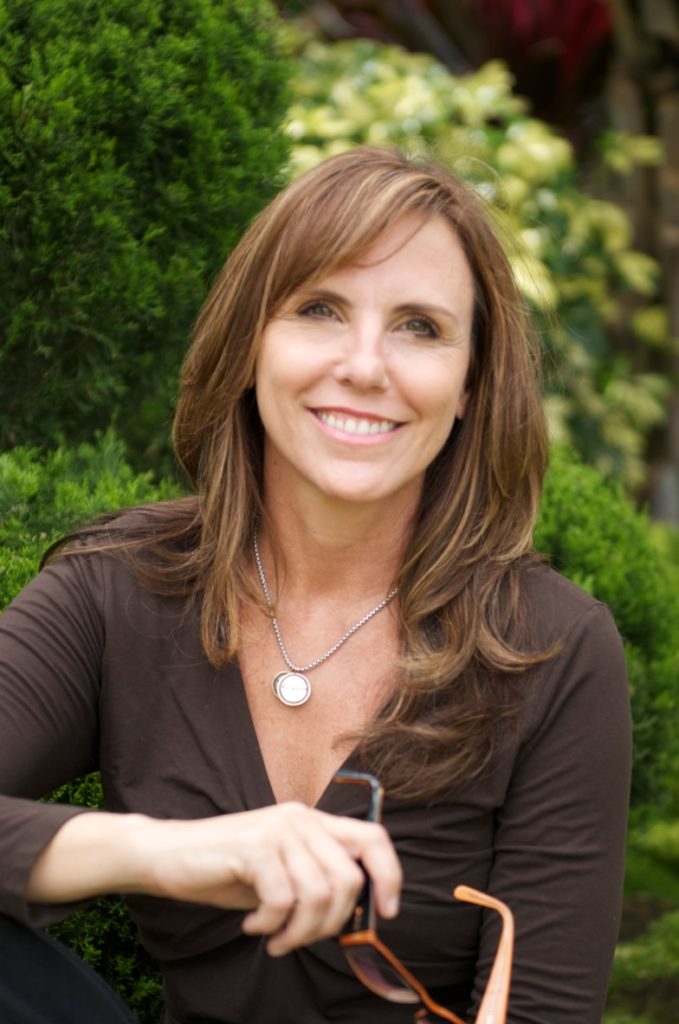
Patty Thomas Shutt, founder of Sacred Treehouse, is a licensed psychologist and co-owner of Therapeutic Oasis of the Palm Beaches. Dr. Shutt is passionate about helping others discover the benefits of mindfulness and meditation. She offers Beginner Meditation & Advanced Meditation classes at Sacred Treehouse, in addition to Mindfulness Based Stress Reduction, Mindful Self-Compassion and various book studies throughout the year.

